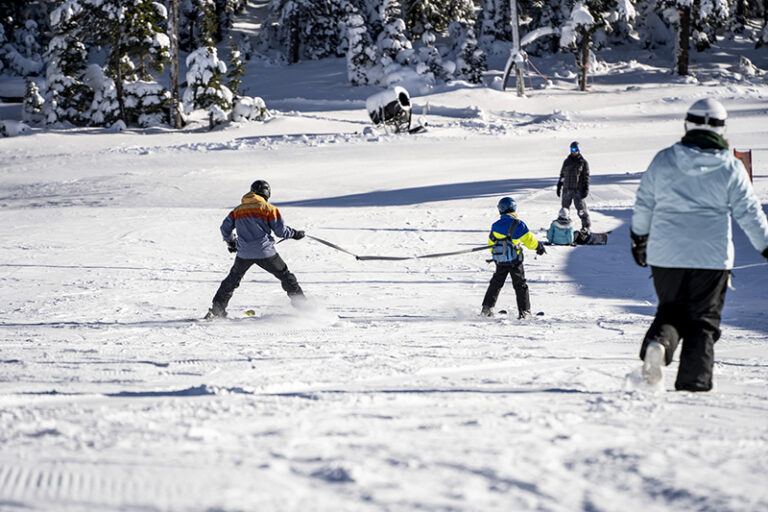Iller Creek Conservation Area that includes the well-used hiking and biking trails below and around the Big Rock above the Spokane Valley has some serious knapweed infestations at scattered spots along the loop trail. Before this situation gets worse and becomes a really major problem like it is at Saltese Uplands and Antoine Peak, we can diminish the new seed crop by manually pulling out the more mature plants before they spread their seeds for another year. A handful of lone volunteers have been pulling knapweed on their own for a few years, and there has been a noticeable improvement in native plant populations in those spots. A few more volunteers even just one day will make a huge difference.
Join other Hikers and Bikers on Saturday, June 21 to help protect native plants! Bring work gloves and whatever else you need to be comfortable working outdoors in the sun (water, hat, sun glasses, snacks, sun screen, etc). A small trowel or old flat-tip screwdriver might also help. Please email Bob at [email protected] if you can attend.
Where: Meet at Reedemer Lutheran Church in the Spokane Valley at 9 a.m. to carpool to the trailhead on Holman Road. Even if you know the way to the trail head, please meet at Redeemer to carpool to keep traffic at the trailhead down. Getting There: From Sprague/Appleway in Spokane Valley, turn south on Dishman-Mica Rd. Go past 32 Ave and turn right (at the traffic light) on Schafer Rd. Redeemer Lutheran Church is on your right. We will meet in the far left (south) corner of the parking area.
What the Heck is Knapweed Anyway? Knapweed was introduced from Eurasia as a contaminant of alfalfa and clover seed and is the most recognized noxious weed in Spokane County. Knapweed readily establishes itself on any disturbed soil and the early spring growth makes it competitive for soil moisture and nutrients. The invasive plant prefers vacant lots, pastures, rangeland, roadsides, stream banks and landscaping. It releases a substance that inhibits the growth of surrounding vegetation (so the native plants are crowded out).













